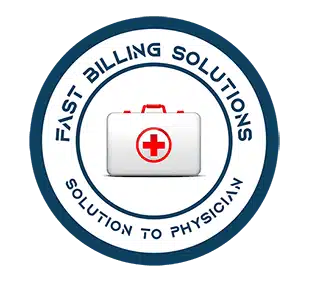When we talk about medical billing, revenue cycle management or RCM stands as an essential part of it. Different companies use different processes to deal with claims. However, effective RCM depends on certain steps that they must follow. In this short guide, you will learn about the 10 essential steps of RCM.
Revenue Cycle Management Steps
To ensure effectiveness, it is essential to ensure that these steps are in order. Companies must perform these steps systematically to ensure enhanced revenue cycle performance. Let’s take a quick look at these steps.
1. Patient Registration
The medical billing/coding process begins by registering the patient. A front desk officer acquires certain patient information and data and sets the appointment before the doctor begins treatment. After registration, the medical billing service provider acquires the medical record for creating claims.
2. Insurance Verification
The second step for effective revenue cycle management is insurance verification. Medical billing companies verify the insurance details of the patients comprehensively. They go through the information to see if the patient is eligible or not.
3. Patient Encounter Recording
The team documents or records patient-physician encounters for keeping the health condition record of the patient. It assists medical coders and billers to code and bill services for precise claims.
4. Medical Transcriptions
It is the conversion of audio or video of the encounter of patient-physician in the right billing format. After receiving complete essential information, billing companies begin the accurate services billing.
5. Medical Coding
In this step, the medical transcriptions get certain medical codes. This process simplifies the process of billing. Coders must be aware of the ICD 10 codes and CPT codes.
6. Charge Medical/Entry Billing
It is essential to bill provided services appropriately before the team sends claims to any insurance company. They must also keep an eye on the records of patients to correct errors. If there is any error or mistake, the insurance company will simply reject or deny the claim. It will not be a good sign for your revenue cycle management.
7. Charge Transmission
In this step, a billing company submits claims to the payer either private or government via EDI. It involves taking extra measures for compiling error-free claims.
8. Accounts Receivable (AR) Management
The Accounts Receivable calling team goes through all claims after their submission. This step ensures efficient payment posting.
9. Denial Management
In this step of revenue cycle management, the team deals with the denied claims. Insurance companies reject some claims that have errors. In denial management, the team deals with all these issues.
10. Payment Posting
This is the last step in the medical billing/coding process. It assists the team keep aware of the actual payment situation.
You May Also Read: MIPS 2022 Reporting – New Rules and Changes to Look At
